This article was medically reviewed by Erik Kramer, DO, MPH. Dr. Erik Kramer is a Board-Certified Primary Care Physician at the University of Colorado. With over 15 years of experience, his clinical interests include obesity and weight management, diabetes care, and preventive care, as well as embracing a holistic approach to primary care. He received his Doctorate in Osteopathic Medicine (D.O.) from the Touro University Nevada College of Osteopathic Medicine and completed his residency at Central Maine Medical Center. Dr. Kramer is a Diplomate of the American Board of Obesity Medicine.
There are 12 references cited in this article, which can be found at the bottom of the page.
This article has been viewed 25,107 times.
Rett Syndrome is a rare genetic disorder that inhibits a child’s motor function and social skills. It occurs almost exclusively in girls. There are two early stages where you can recognize the symptoms of Rett Syndrome. During an initial stage, from birth to 6 months, your child will mostly grow normally, but there may be some early signs of abnormal development. Conditions worsen at about 12 to 18 months, a period known as the stagnation stage, when your child will experience a decline in social and physical development. If you observe these signs, take your child to the pediatrician for a test. If your child has Rett Syndrome, they will need lifelong care, but you can take steps to provide them with a fulfilling life despite their condition.
Steps
Identifying a Newborn's Symptoms (Before 6 Months)
-
1Notice if your child loses interest in playing. A very early sign of Rett syndrome is a loss of interest in toys and playing. This may occur after your child plays actively for several months. If your child suddenly stops playing or paying attention to toys, this could be an early indicator that they are not progressing normally.[1]
- Note that there are also perfectly normal reasons why your baby may lose interest in playing. Try getting some new toys to spark their interest in playing again. Also, your baby can get overwhelmed by having too many toys and start ignoring them. Try removing some and leaving only a few behind.[2]
-
2See if you child makes eye contact with you. Sudden loss of social interaction is a telltale sign of Rett. This symptom may not become obvious until several months later, but an early indicator is that your child may suddenly stop making eye contact with you. See if your baby responds to you talking. If your child doesn’t acknowledge you, this could be an early sign.[3]
- Loss of social interaction is one of the main reasons that Rett Syndrome is sometimes mistaken for autism. At this early stage, it may be difficult to diagnose your child effectively.
Advertisement -
3Check your child’s muscle tone. Rett syndrome stunts your child’s physical development. This may not be obvious until later development stages, when your child gradually loses more motor functions. Before 6 months, however, your child may display hypotonia, or low muscle tone. This may indicate that a child is not growing properly.[4]
- Signs of hypotonia include children being unable to support their head because of weak neck muscles, arms and legs hanging straight down, and being unable to pick up objects.[5]
- Your child may also display poor sucking ability or a weak cry because their neck and mouth muscles aren’t strong enough to perform these actions properly.
-
4Measure your child’s head growth. One possible sign of Rett is microcephaly, or an abnormally small head, but this sign is not always present. As early as 6 months, a baby with Rett may display a smaller-than-average skull. You can check your child’s head size by measuring its circumference.[6]
- On average, babies at 6.5 months should have skulls between 40 centimetres (16 in) to 45 centimetres (18 in). You can check the CDC’s full head growth chart for every age at https://www.cdc.gov/growthcharts/html_charts/hcageinf.htm#females.
- Measuring your child’s skull properly can be difficult. For an accurate measurement, let your pediatrician do this.
Recognizing the Stagnation Stage
-
1Observe a sudden decrease in motor skills. The most severe period of degradation in Rett Syndrome occurs from around 12 to 18 months. At this point, you may see a rapid decrease in your child’s ability to crawl or walk. Your child may also stop grabbing at objects or be unable to pick up toys.[7]
- Motor function after this point will vary from child to child. Some children stop crawling but can still sit upright. Some are nearly paralyzed. Most of these issues can be treated with a wheelchair later in life.
- Sometimes a child doesn’t lose all motor functions. Instead, they may be unable to balance properly when trying to walk. The important symptom is that the disturbance of motor functions is sudden, even if the loss is not total.[8]
- You may also notice subtle and alternating hand movements that appear purposeful, such as licking one’s hands or grasping clothing and hair.
-
2Note if your child experiences increased crying and restlessness. Your child may experience fits of inconsolable crying or screaming as the condition progresses. These are different from normal temper tantrums. These reactions are often random and have no discernable cause. Your child may be sitting quietly one second, and then begin crying uncontrollably without warning.[9]
- These bouts of crying can last for hours without stopping. The child probably won’t respond to anything you try to make the crying stop.
-
3Watch your child’s hand movements for repetition. The characteristic sign of Rett Syndrome is repetitive, purposeless hand movements. These can include hand wringing, clapping, squeezing, tapping, or rubbing. These hand motions have no discernible point or object. For example, children may look like they are grabbing at something that isn’t there.[10]
- This symptom can occur at any point, but usually first appears during the stagnation stage.
- Older children may also compulsively wash their hands, if they are mobile enough to make it to a sink.
-
4Check your child’s breathing. Your child may experience breathing problems due to weak muscles. These can include hyperventilating, breath-holding, or swallowing air and choking.[11]
- There are a few ways to check your child’s breathing. Lightly place your hand on their chest to see if it rises at a regular rate. Also count their breaths per minute. An average breathing rate for a child under 1 year is 30-60 breaths per minute. If it is greater than this, your child may be hyperventilating.[12]
- The breathing problems often cease while the child is asleep, but shallow breathing and periodic breathing can still occur during sleep.
- Call your doctor at any sign of respiratory distress, even if you don’t suspect Rett Syndrome is the cause.[13]
-
5Assess your child’s social skills. Rett Syndrome also causes a sudden decrease in social development and is sometimes confused with autism. Your child may stop communicating and socializing entirely. This is not something that goes away when you give your child a new toy or start a new activity.[14]
- If your child has started talking, most spoken language will suddenly stop. They may also stop making eye contact or acknowledging your presence entirely. Although, some children experience a brief period of recovery in nonverbal communication that is then followed by a slow deterioration of gross motor skills.
- Most children will regain the ability to make sounds like grunting, but won’t be able to form words.[15]
-
6Recognize a seizure. People with Rett Syndrome often experience seizures at some point in their lives, and these seizures may start in childhood. The prevalence of seizures in children with Rett syndrome increases with age. If your child suddenly stiffens up, stares off into space, or shakes uncontrollably, they may be having a seizure.[16]
- It will be scary if your child has a seizure, but you can respond effectively and help them through it. Most importantly, move away any objects that your baby could knock into during the seizure. Turn your child on their side to prevent choking, and then monitor their breathing until the seizure ends.[17]
- If your child does have a seizure, call your doctor right away. If this is your child’s first seizure, the doctor will probably instruct you to go to the hospital.
- Keep in mind that some behaviors can also be mistaken for seizures, such as holding their breath, wringing their hands, or hyperventilating.
Seeking a Diagnosis
-
1Take your child to your pediatrician. Don’t self-diagnose something like Rett Syndrome. Only a doctor can run the necessary tests and effectively diagnose Rett Syndrome. Make an appointment and have your child assessed professionally.
- Keep track of all the symptoms you’ve noticed in your child and tell them to the doctor. The doctor will probably run their own tests, but your initial observations are important.
- Be aware that Rett syndrome is more common in girls and its onset is usually between the ages of 6 and 18 months.
- Symptoms of Rett may include a partial or complete loss of purposeful hand skills and spoken language, difficulty walking, repetitive hand movements, such as hand wringing, clapping, mouthing, and rubbing motions.[18]
-
2Rule out Rett Syndrome if your child has excluding characteristics. There are other conditions that may produce similar symptoms to Rett Syndrome. If your child has experienced any of the following, your doctor will probably rule out Rett Syndrome.[19]
- Brain damage from a trauma or injury.
- Neurometabolic diseases like epilepsy or a seizure disorder.[20]
- A birth defect or deformity that causes brain damage or developmental disability.
- An infection that attacks the brain.
-
3Give your child a genetic test. After conducting a physical exam, your doctor will order a genetic test if he suspects your child has Rett Syndrome. This test searches for the specific mutations that cause the condition. If it comes back positive, it confirms that your child has Rett Syndrome and you should begin taking the necessary steps to manage the symptoms.[21]
- This test involves taking a small blood sample and sending it to a lab for assessment. If the lab finds a mutation in the MEPC2 gene, it confirms that your child has Rett Syndrome.[22]
-
4Follow your doctor’s instructions for managing your child’s symptoms. While there is no cure for Rett Syndrome, you can effectively manage your child’s symptoms. With modern medicine, sufferers of Rett Syndrome have a good chance of living a fulfilling life. By following the doctor’s specific recommendations, you can improve your child’s self-sufficiency and quality of life.[23]
- Your doctor may prescribe medication to help with your child’s breathing problems.
- Physical therapy may help improve your child’s muscle tone and motor function.
- Your child will probably need a wheelchair or other mobility aids.
References
- ↑ https://www.ninds.nih.gov/disorders/patient-caregiver-education/fact-sheets/rett-syndrome-fact-sheet
- ↑ https://www.babycentre.co.uk/x556950/why-does-my-baby-seem-restless-and-bored-with-her-toys
- ↑ https://www.ninds.nih.gov/disorders/patient-caregiver-education/fact-sheets/rett-syndrome-fact-sheet
- ↑ https://rarediseases.org/rare-diseases/rett-syndrome/
- ↑ https://www.nhs.uk/conditions/hypotonia/
- ↑ https://www.nhs.uk/conditions/rett-syndrome/
- ↑ https://my.clevelandclinic.org/health/articles/6089-rett-syndrome
- ↑ https://rarediseases.org/rare-diseases/rett-syndrome/
- ↑ https://www.healthdirect.gov.au/rett-syndrome
- ↑ https://rarediseases.org/rare-diseases/rett-syndrome/
- ↑ https://my.clevelandclinic.org/health/articles/6089-rett-syndrome
- ↑ https://www.health.ny.gov/professionals/ems/pdf/assmttools.pdf
- ↑ https://www.nationwidechildrens.org/conditions/respiratory-distress
- ↑ https://www.ninds.nih.gov/disorders/patient-caregiver-education/fact-sheets/rett-syndrome-fact-sheet
- ↑ https://www.nichd.nih.gov/health/topics/rett/conditioninfo/symptoms
- ↑ https://my.clevelandclinic.org/health/articles/6089-rett-syndrome
- ↑ https://hiehelpcenter.org/2017/07/24/frequently-asked-questions-infant-seizures/
- ↑ https://my.clevelandclinic.org/health/articles/6089-rett-syndrome
- ↑ https://www.ninds.nih.gov/disorders/patient-caregiver-education/fact-sheets/rett-syndrome-fact-sheet
- ↑ https://www.ncbi.nlm.nih.gov/pmc/articles/PMC4322494/
- ↑ https://rarediseases.org/rare-diseases/rett-syndrome/
- ↑ https://my.clevelandclinic.org/health/articles/6089-rett-syndrome
- ↑ https://rarediseases.org/rare-diseases/rett-syndrome/
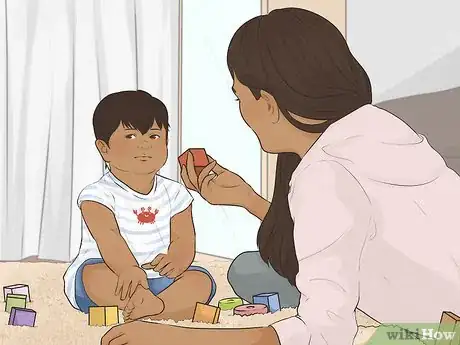
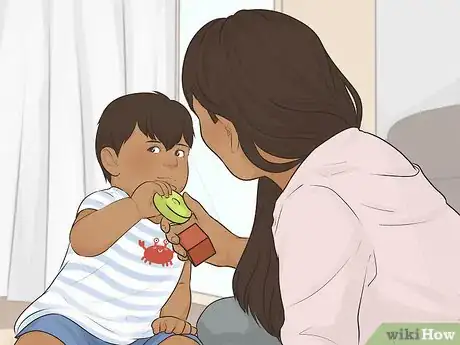
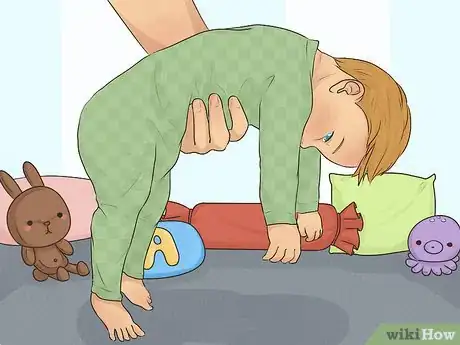
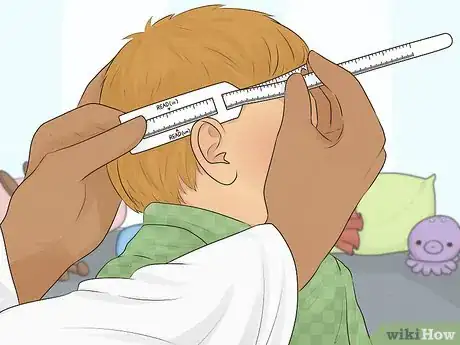
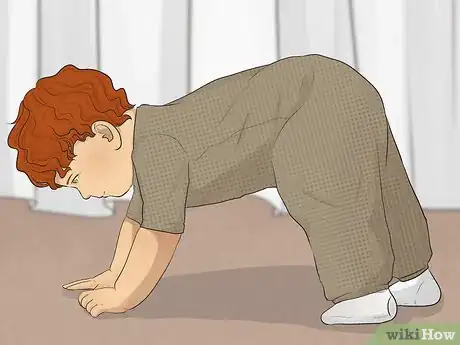
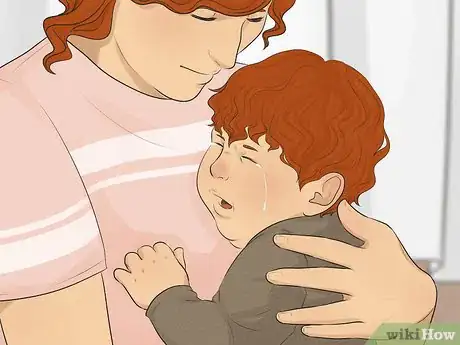

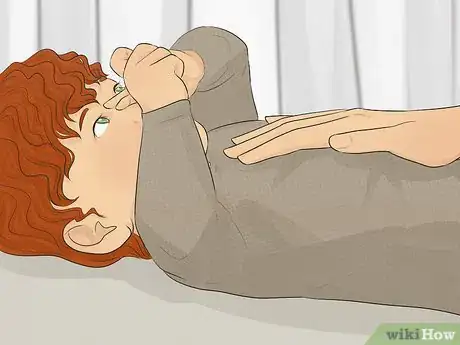

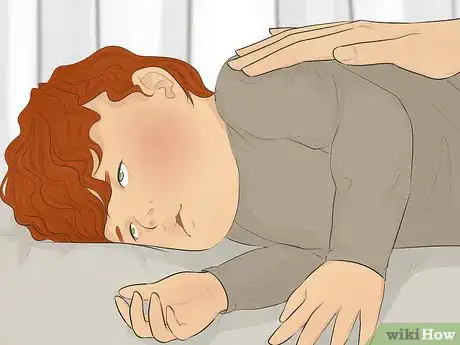
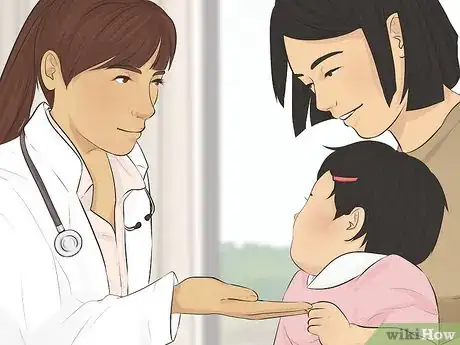
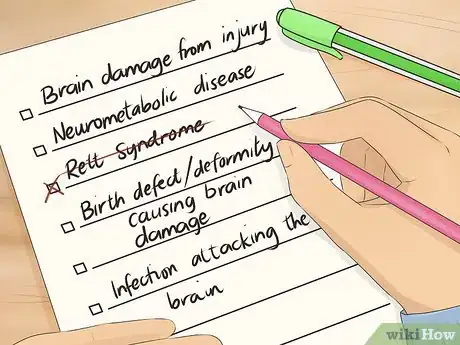
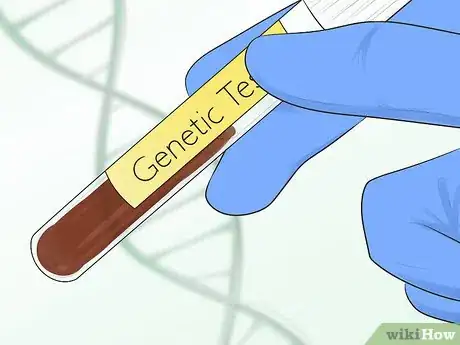
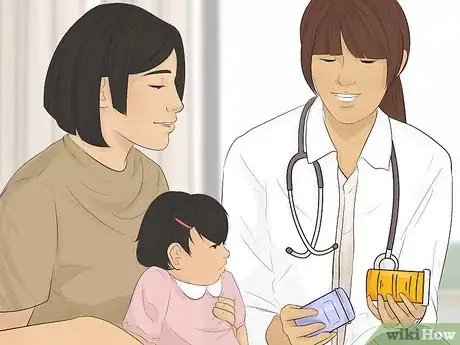


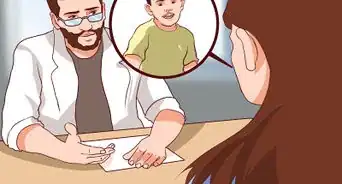
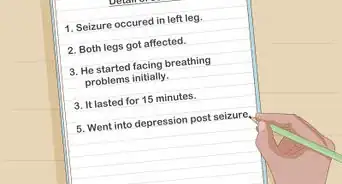
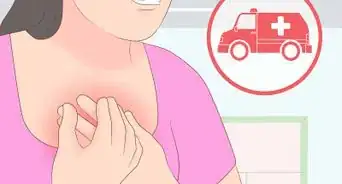

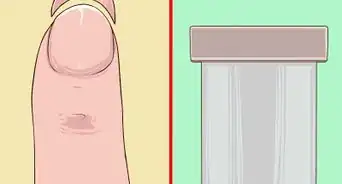
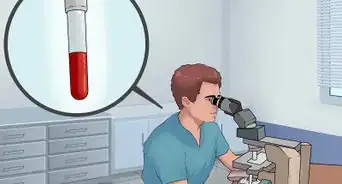
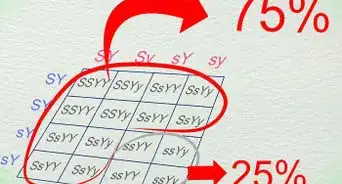
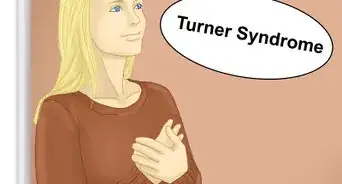







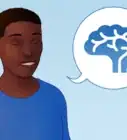

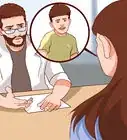
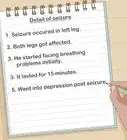



































Medical Disclaimer
The content of this article is not intended to be a substitute for professional medical advice, examination, diagnosis, or treatment. You should always contact your doctor or other qualified healthcare professional before starting, changing, or stopping any kind of health treatment.
Read More...